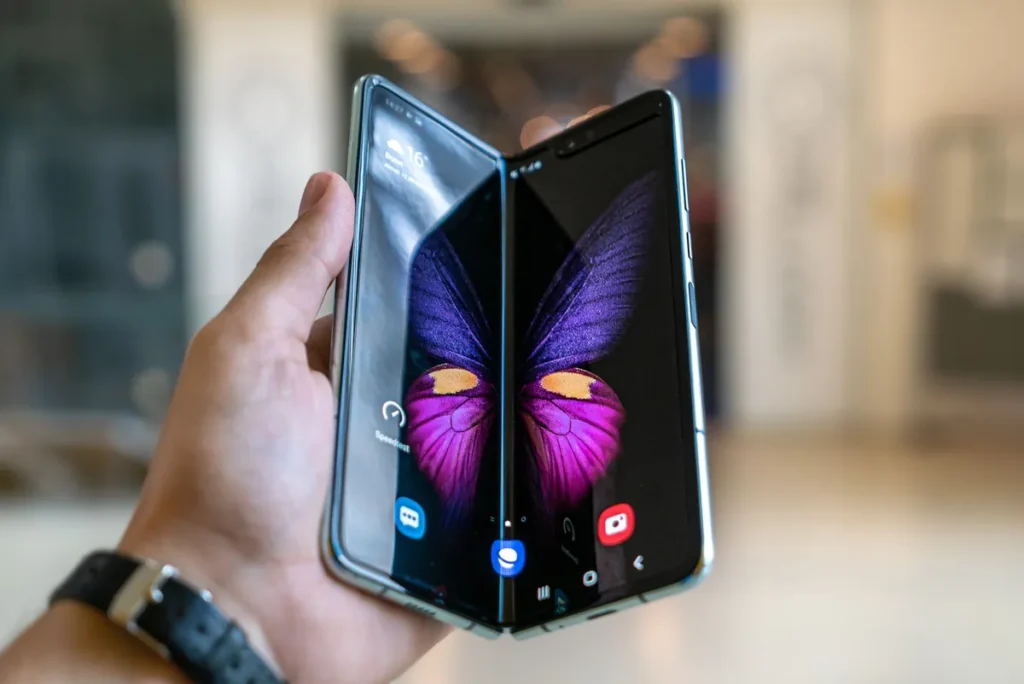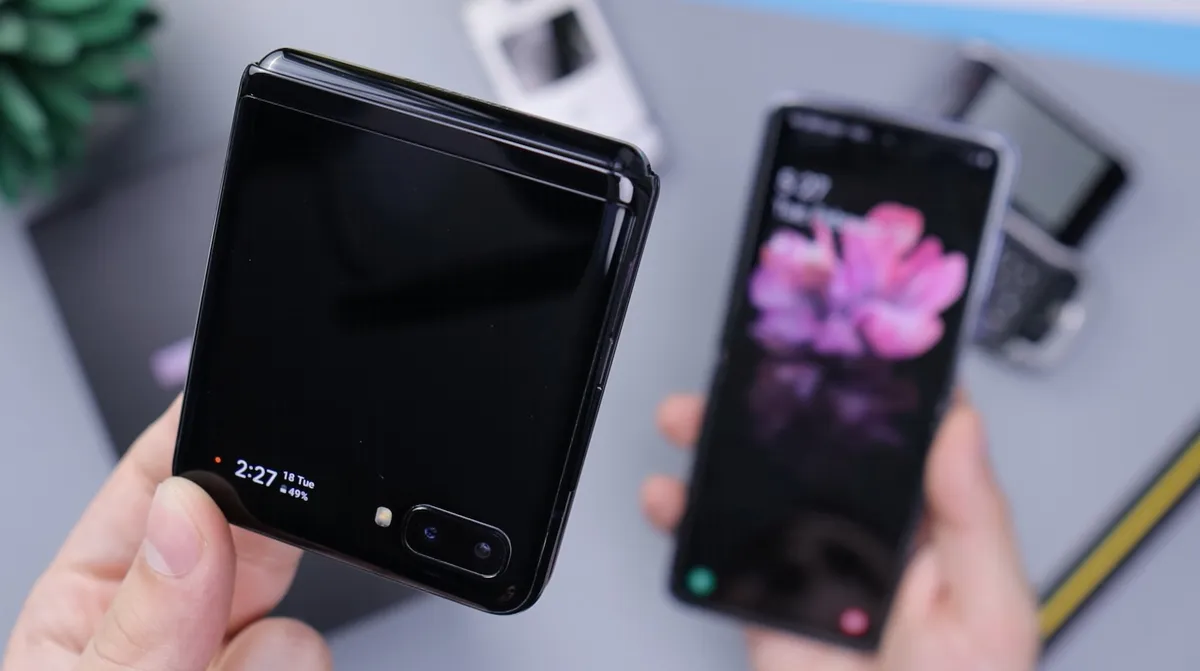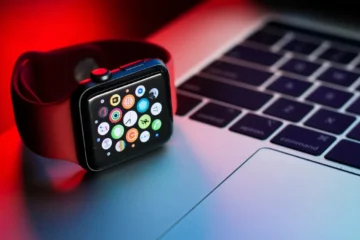Table of Contents
The Upgrade of Smartphones: From Flip Phones to Foldable

In the present era, smartphones have become an essential part of our life. From communicating with friends and family to staying up to date with the latest news and trends, smartphones offer us a world of possibilities right at our fingertips. But the journey of smartphones has been a long one, starting from the days of flip phones to the current era of foldable devices.
The Early Days
Flip Phones Flip phones were the first mobile devices that became popular in the late 1990s and early 2000s. These devices were sleek and compact, with a clamshell design that made them easy to carry around. They featured small screens and basic features such as text messaging, calls, and some basic internet connectivity. Popular models from this era included the Motorola Razr, Nokia 3310, and the Sony Ericsson T610.
The Rise of Smartphones
The smartphone business underwent a transformation after the 2007 release of the iPhone. The iPhone featured a large touchscreen display and advanced features such as GPS navigation and mobile internet browsing. It set the standard for smartphones for years to come. In the following years, other smartphone manufacturers such as Samsung, LG, and HTC entered the market with their own flagship devices.
The Latest Trend
Foldable Phones In recent years, smartphones have continued to evolve, with the introduction of foldable phones. These devices are designed to fold in half, giving users a larger screen when needed. They combine the portability of a smartphone with the features of a tablet to provide the best of both worlds. Foldable phones come in a variety of designs, such as the vertical fold of the Samsung Galaxy Z Flip and the horizontal fold of the Huawei Mate Xs.
The Future of Smartphones
The future of smartphones is an exciting one. With advancements in artificial intelligence (AI) and augmented reality (AR), the possibilities are endless. It’s not hard to imagine smartphones that are capable of understanding and adapting to our preferences, or those that can create a fully immersive AR experience. In terms of design, foldable phones could pave the way for devices that can fold multiple times, making them even more portable and versatile.
Conclusion
The evolution of smartphones has been a long and exciting journey. From the early days of flip phones to the current era of foldable devices, smartphones have come a long way. It’s clear that smartphones will continue to evolve in the coming years, and it will be exciting to see what new features and designs will be introduced next.



